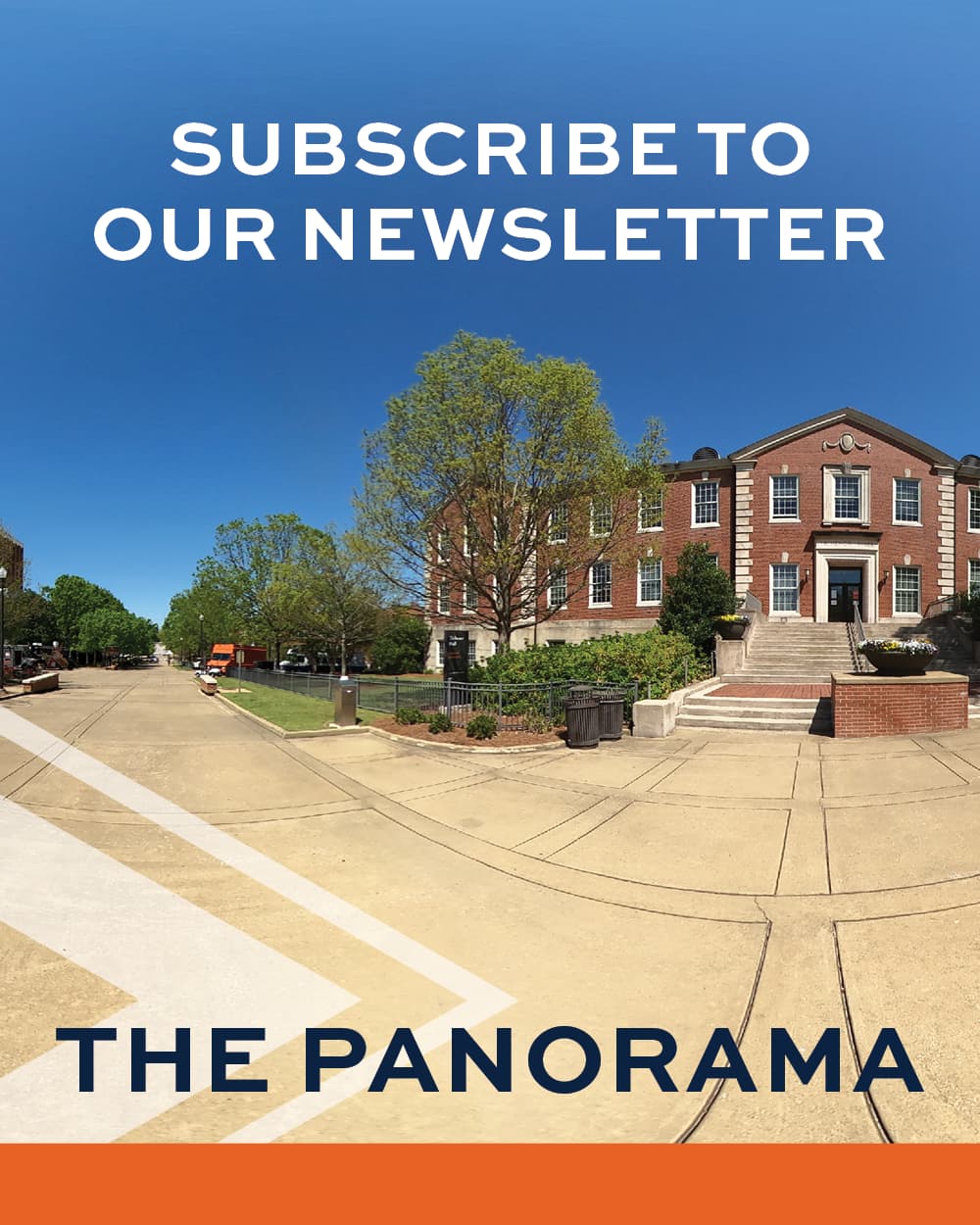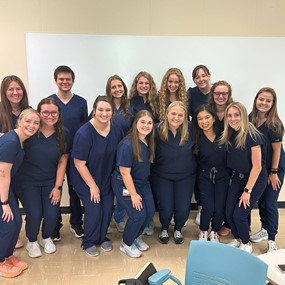'Houses tell stories': Pebble Hill's historical artifacts collection displays humanity of enslaved people
The Caroline Marshall Draughon Center for the Arts & Humanities (CAH), the outreach center of Auburn University's College of Liberal Arts, recently added to its artifacts collection displaying the artistry and humanity of enslaved Alabamians.
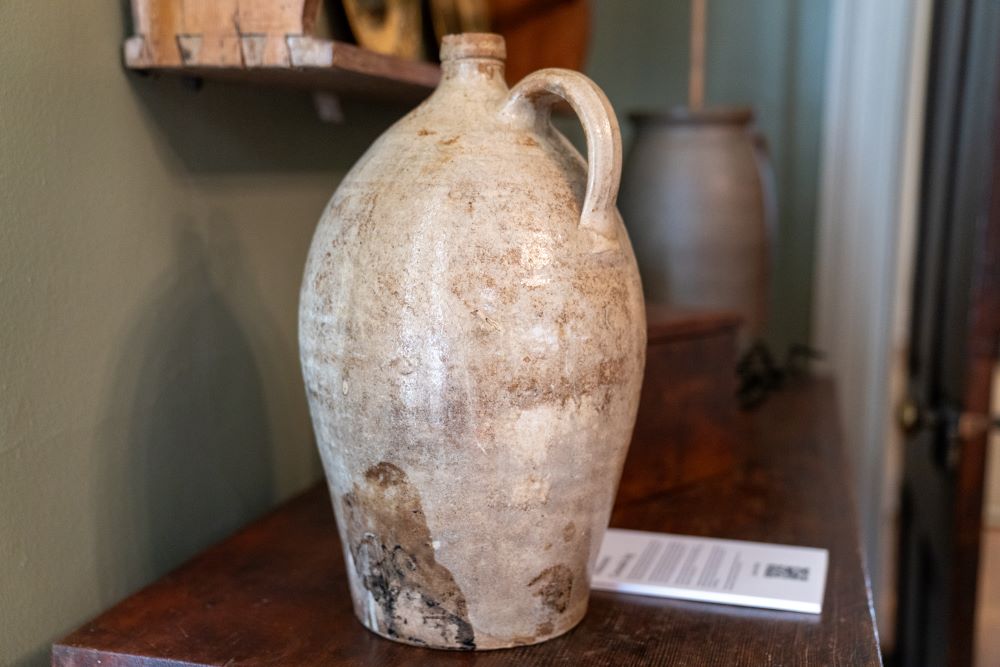
The Coosada Jug, now on display at Pebble Hill, is an intact, mid-19th-century jug made by a formerly enslaved potter. The jug, donated by Jack and Leda Foley, was likely crafted by either Edmond, Richmond, Joe or Jim Presley. Freedman's Bureau records indicate that Edmond, Richmond and his sons ran Evan Presley's pottery company as enslaved then free men in the 1860s.
CAH Director Mark Wilson said the jug represents the artistry of enslaved people in East Alabama beyond plantation houses.
"We want to fill the void of artifacts that illustrate the artisanship of enslaved people, because there's just not that many beyond physical structures," Wilson said. "The entirety of Pebble Hill is a testimony to the artisanry of enslaved labor, but having a jug among all these others, knowing the story that's behind it, and that those persons were practicing in slavery and in freedom, is an important story to tell."
The Foleys found the Coosada Jug in a chicken coop in Alexander City and connected with the CAH through Alabama Folk Pottery author and expert Joey Brackner.
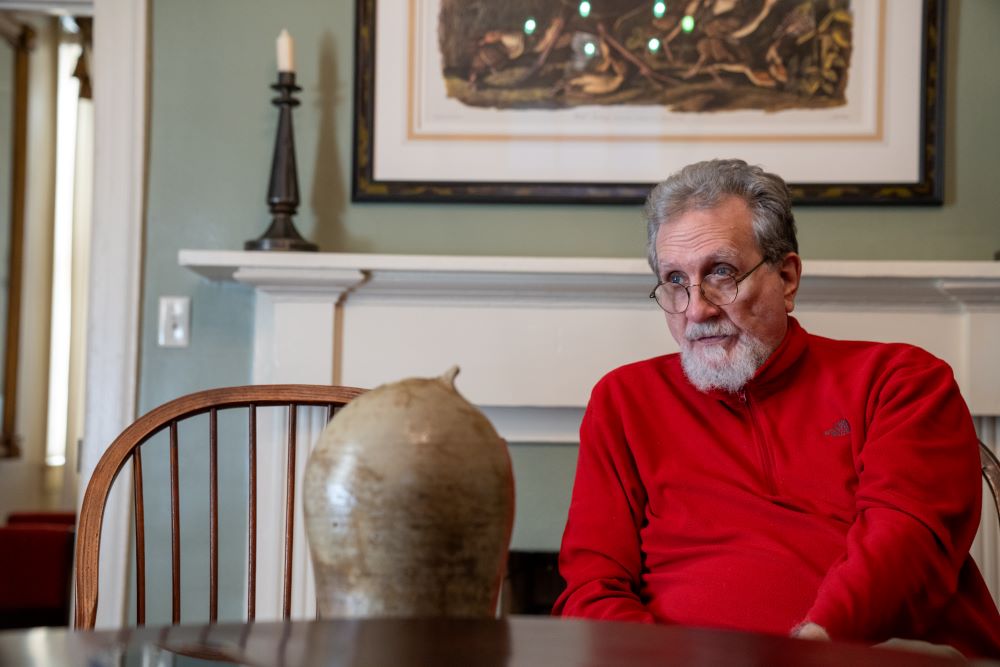
Brackner said similar jugs are found across Alabama because of their historical importance. To identify the origin of the jug, Brackner examined details like its limestone glaze and the design of the handle.
"To find a whole vessel from that era is pretty unique," Brackner said. "You see the skill that they had and get a sense of the humanity of our ancestors. You can literally see their fingerprints on the pottery. For a literary historian, this is like a sentence structure or a brushstroke for an art historian. This is an idiosyncratic movement, frozen in time that just speaks to our humanity."
The Coosada Jug joins Pebble Hill's extensive pottery collection, which includes a jug that was likely crafted by Georgia potter Lucius Jordan, listed in some records as a "free man of color."
While records about the potters themselves are lacking, Brackner said their importance to the community is well-known. Pottery was an essential practice, required extensive skill and brought together communities.
"I wish we knew more about the men who made these jugs, but we know that their skill was important to the community," Brackner said. "This product was extremely important in the 19th century because we didn't have refrigerators, metal canning or even glass jars that were readily available. So, you depended on local artisans to make waterproof containers to prepare and store food. At the time that these were made, they were absolutely essential for survival."
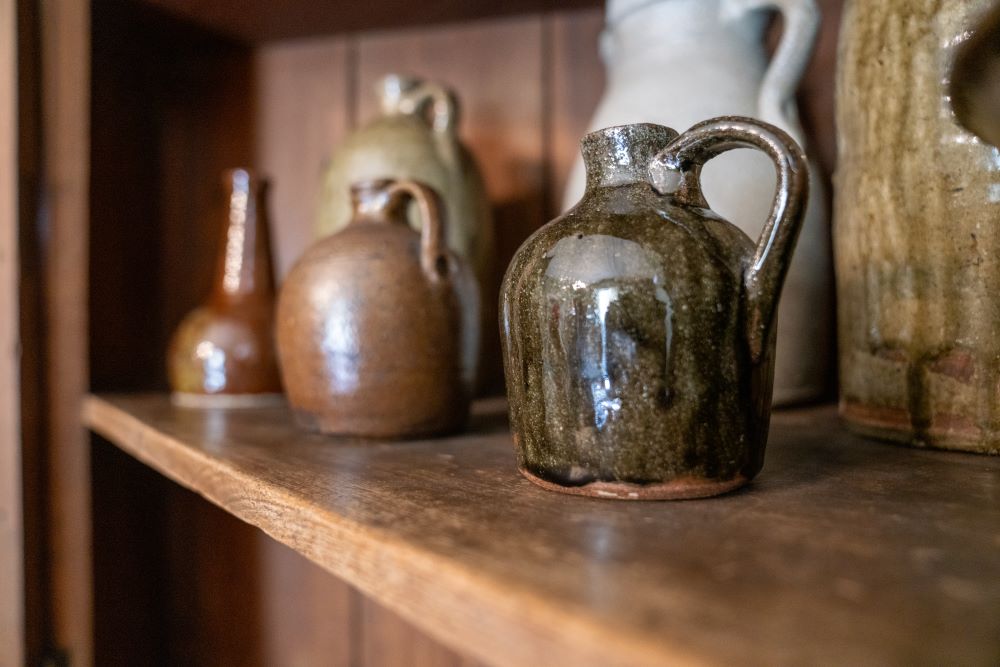
Hollifield Associate Professor of Southern History Elijah Gaddis, a material culture expert, said seeing physical objects helps visitors better understand history, and artifacts related specifically to Black history are lacking.
"This is an important addition to an already excellent collection and will go a long way toward helping students, alumni and other visitors to Pebble Hill better understand the everyday lives of people in the past," Gaddis said. "This is particularly important for African American history. While we have written records, letter, diaries and lots of other documents for many elite white people in the past, our archive of Black life is much scarcer. We need material culture like this to help us better understand and tell the stories of African American people in the past."
Another artifact at Pebble Hill that preserves African American history is George Fuller's "Negro Funeral (Memory Drawing)." The original charcoal sketch is more than 130 years old and is based on a funeral Fuller saw while traveling the South in the 1850s. During his travels, Fuller documented the lives of enslaved people through art.
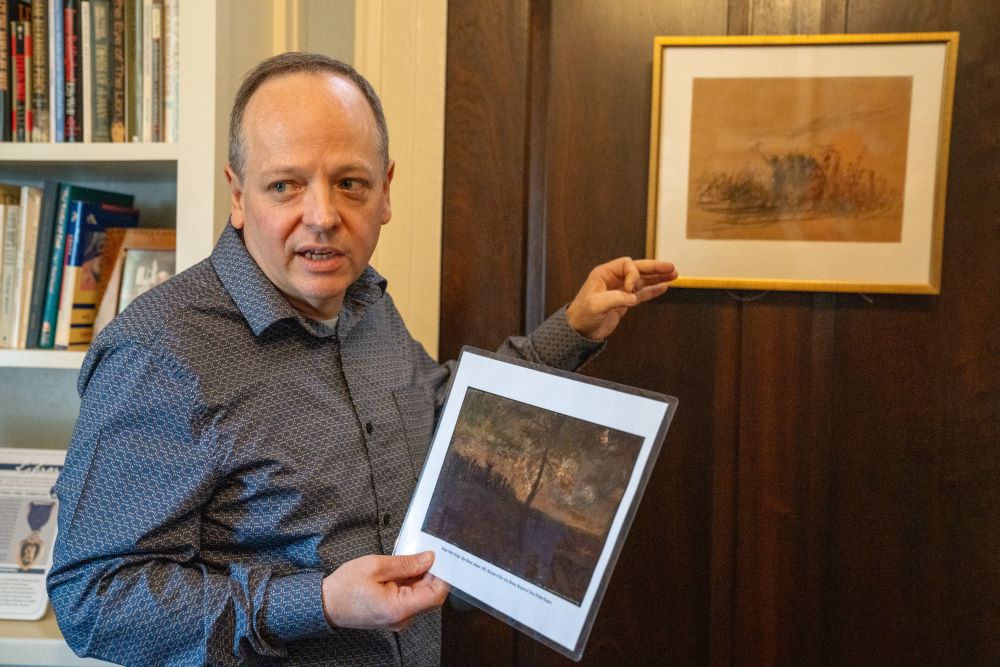
"If you want to understand the everyday life of those enslaved, sometimes you have to go to an artist to find out," Wilson said. "These images are quite important, and that's an aspect of Alabama history that's often overlooked and we don't have sources for."
Fuller's memory drawing is located directly across the room from "On the March to the Sea," a print known for capturing the essence of the Civil War. A noteworthy feature of the print, commented on by scholars, is the African American family escaping slavery on its right side. Unlike other depictions of the Civil War, one scholar argues that "On the March to the Sea" positions the African American family as refugees.
Wilson said the print, donated by Ralph Draughon Jr., conveys the displacement and hardship of formerly enslaved people in the Civil War.
"One master's thesis that looked at a lot of prints around this time really considers this an important illustration of the humanity of those persons who are newly free heading across the river to freedom," Wilson said. "So, to have both of these together is really important for us as we give tours to talk about the everyday lives of enslaved people, and then as we're moving into the era in which that jug may have been formed after the Civil War."
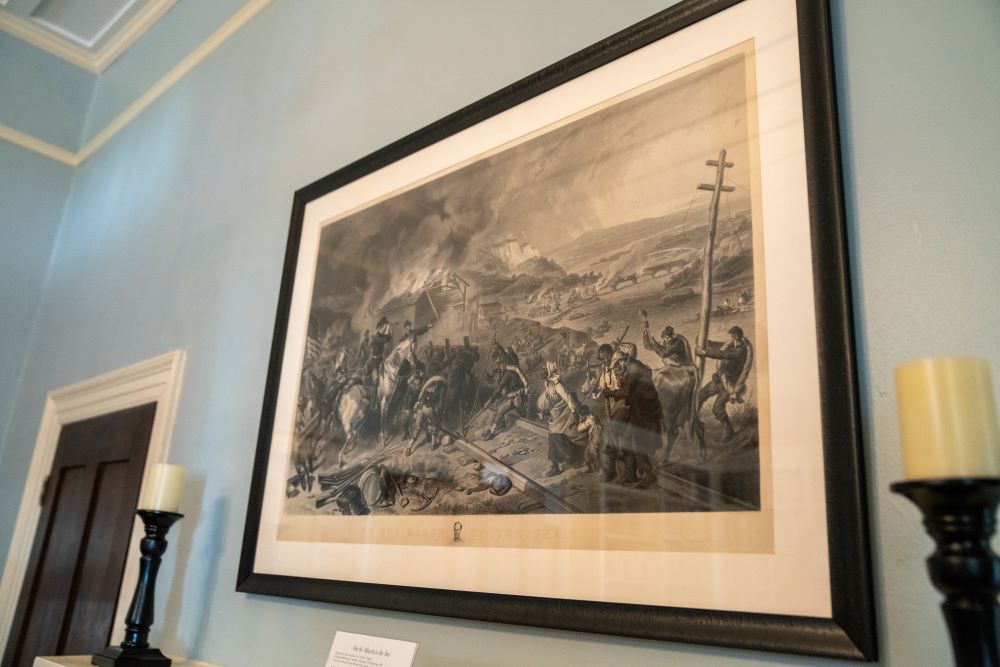
Pebble Hill's earliest residents included enslaved African Americans. Despite their work to build and maintain the antebellum house and cultivate the land, few records of their lives exist today. As part of public tours and school visits, the center's collection of historic artifacts aims to preserve and share the story of enslaved and formerly enslaved people's artistry and humanity.
In 2023, the center opened the Lowrey Guest House, which hosts visiting scholars and artists-in-residence. Its first visitor was family historian Terrance Vickerstaff, who is a descendant of people who were enslaved at Pebble Hill. He shared his family’s story with students and continues to work with the center on educational materials.
Wilson said the artifacts and experiences at Pebble Hill both preserve Alabama history and transform the space into a center of learning and understanding.
"Houses tell stories," Wilson said. "They tell the story of everyone who's associated with the house and the land. Being able to remember and interpret the lives of those who were enslaved on this 100-acre plantation is really a priority because it's part of telling all of the history. Through artifacts, through art, through stories and through memory, we have a chance for everyone's history who's been associated with the house or the land to come alive."
Find more information about the history of Pebble Hill and schedule a tour at the Caroline Marshall Draughon Center for the Arts & Humanities website.
Tags: Community, Outreach and Engagement History Center for the Arts and Humanities

